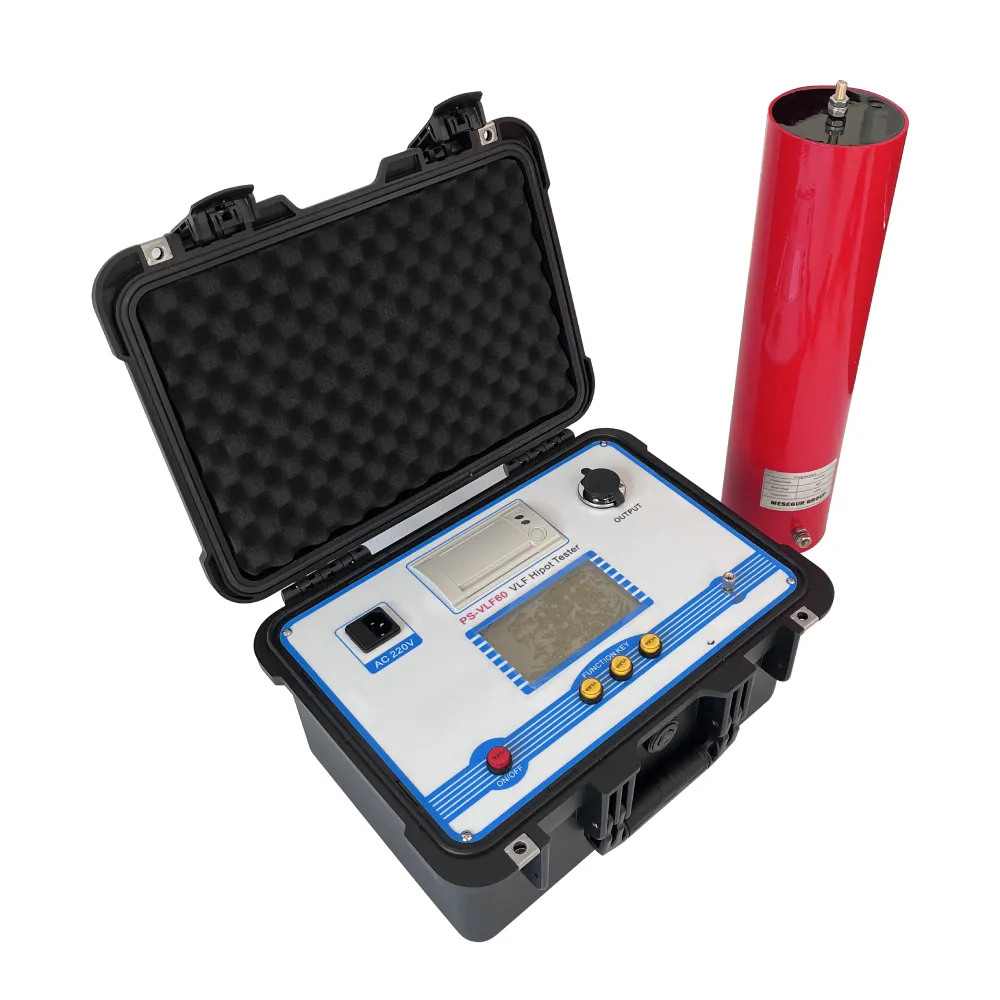 English
English



-
 Afrikaans
Afrikaans -
 Albanian
Albanian -
 Amharic
Amharic -
 Arabic
Arabic -
 Armenian
Armenian -
 Azerbaijani
Azerbaijani -
 Basque
Basque -
 Belarusian
Belarusian -
 Bengali
Bengali -
 Bosnian
Bosnian -
 Bulgarian
Bulgarian -
 Catalan
Catalan -
 Cebuano
Cebuano -
 China
China -
 China (Taiwan)
China (Taiwan) -
 Corsican
Corsican -
 Croatian
Croatian -
 Czech
Czech -
 Danish
Danish -
 Dutch
Dutch -
 English
English -
 Esperanto
Esperanto -
 Estonian
Estonian -
 Finnish
Finnish -
 French
French -
 Frisian
Frisian -
 Galician
Galician -
 Georgian
Georgian -
 German
German -
 Greek
Greek -
 Gujarati
Gujarati -
 Haitian Creole
Haitian Creole -
 hausa
hausa -
 hawaiian
hawaiian -
 Hebrew
Hebrew -
 Hindi
Hindi -
 Miao
Miao -
 Hungarian
Hungarian -
 Icelandic
Icelandic -
 igbo
igbo -
 Indonesian
Indonesian -
 irish
irish -
 Italian
Italian -
 Japanese
Japanese -
 Javanese
Javanese -
 Kannada
Kannada -
 kazakh
kazakh -
 Khmer
Khmer -
 Rwandese
Rwandese -
 Korean
Korean -
 Kurdish
Kurdish -
 Kyrgyz
Kyrgyz -
 Lao
Lao -
 Latin
Latin -
 Latvian
Latvian -
 Lithuanian
Lithuanian -
 Luxembourgish
Luxembourgish -
 Macedonian
Macedonian -
 Malgashi
Malgashi -
 Malay
Malay -
 Malayalam
Malayalam -
 Maltese
Maltese -
 Maori
Maori -
 Marathi
Marathi -
 Mongolian
Mongolian -
 Myanmar
Myanmar -
 Nepali
Nepali -
 Norwegian
Norwegian -
 Norwegian
Norwegian -
 Occitan
Occitan -
 Pashto
Pashto -
 Persian
Persian -
 Polish
Polish -
 Portuguese
Portuguese -
 Punjabi
Punjabi -
 Romanian
Romanian -
 Russian
Russian -
 Samoan
Samoan -
 Scottish Gaelic
Scottish Gaelic -
 Serbian
Serbian -
 Sesotho
Sesotho -
 Shona
Shona -
 Sindhi
Sindhi -
 Sinhala
Sinhala -
 Slovak
Slovak -
 Slovenian
Slovenian -
 Somali
Somali -
 Spanish
Spanish -
 Sundanese
Sundanese -
 Swahili
Swahili -
 Swedish
Swedish -
 Tagalog
Tagalog -
 Tajik
Tajik -
 Tamil
Tamil -
 Tatar
Tatar -
 Telugu
Telugu -
 Thai
Thai -
 Turkish
Turkish -
 Turkmen
Turkmen -
 Ukrainian
Ukrainian -
 Urdu
Urdu -
 Uighur
Uighur -
 Uzbek
Uzbek -
 Vietnamese
Vietnamese -
 Welsh
Welsh -
 Bantu
Bantu -
 Yiddish
Yiddish -
 Yoruba
Yoruba -
 Zulu
Zulu
oxidation stability tester
Understanding the Importance of Oxidation Stability Testing in Modern Industries
In today’s fast-paced industrial landscape, the integrity and longevity of materials are paramount. One significant factor that can affect the lifespan of various products, particularly lubricants, fuels, and other chemical formulations, is oxidation stability. To assess and ensure the reliability of these materials, industries have turned to oxidation stability testers, devices specifically designed to evaluate how resistant a substance is to oxidation under simulated conditions. This article delves into the significance of oxidation stability testing, the methodology involved, and its applications across various sectors.
What is Oxidation Stability?
Oxidation stability refers to a material’s ability to resist degradation when exposed to oxygen. This process can lead to the formation of harmful by-products, which may compromise product performance, impact operational efficiency, and lead to increased maintenance costs. For instance, in lubricants, oxidation can cause viscosity increase, sludge formation, and a general decline in performance. As such, the ability to measure and improve oxidation stability is critical in delivering high-quality products.
The Role of Oxidation Stability Testers
Oxidation stability testers employ various methods to simulate real-world conditions that materials might encounter. These testers provide valuable insights on how long a product can last before its properties alter due to the oxidative process. Among the most common methodologies are the ASTM D2272, D943, and D6260 tests. Each of these methods has its own set of protocols, providing manufacturers with a comprehensive understanding of a product's durability.
The test generally involves placing a sample in a controlled environment where it is exposed to elevated temperatures and an oxygen-rich atmosphere. The samples are monitored over time until a significant change in their chemical composition or physical properties is noted. By analyzing the results, manufacturers can modify formulations to enhance oxidation stability, thereby prolonging product life and ensuring reliable performance in end-user applications.
oxidation stability tester

Applications Across Industries
The implications of oxidation stability testing are vast and touch numerous sectors. In the automotive industry, for example, high-performance engine oils must maintain their protective qualities over extended service intervals. By employing oxidation stability testing, manufacturers can develop oils that withstand harsh conditions and reduce engine wear, resulting in lower maintenance costs and improved vehicle longevity.
Similarly, the aerospace sector relies on oxidation stability testers to ensure that fuels and lubricants can endure the extreme environments encountered at high altitudes and speeds. Here, the stakes are significantly higher; material failure can lead to catastrophic results. Thus, rigorous testing and validation are essential in maintaining safety and performance standards.
In the food and cosmetics industries, oxidation stability testing is vital to ensure the shelf life and safety of products. Fats and oils are particularly susceptible to oxidative rancidity, which not only diminishes quality but may also pose health risks. By utilizing oxidation stability testers, manufacturers can optimize recipes and formulations to enhance product longevity and consumer satisfaction.
Conclusion
In conclusion, oxidation stability testing has become an essential component of quality control in various industries, enabling manufacturers to deliver products that not only meet but exceed customer expectations. By understanding the oxidation processes and utilizing reliable testing methods, companies can innovate and enhance the durability of their products, ensuring they remain competitive in a global marketplace. The integration of oxidation stability testers has transformed how industries approach product formulation and quality assurance, revealing its undeniable importance in ensuring material performance and longevity. As technology advances, we can anticipate even more sophisticated testing methods, paving the way for innovations that will further improve product reliability and safety.
-
Ensuring SF₆ Gas Safety: Introducing PUSH’s Integrated SF₆ Analyzer for Dew Point, Purity, and Decomposition MonitoringNewsJul.10,2025
-
Exploring the Main Types of Industrial Endoscopes and Their Applications Across IndustriesNewsJul.04,2025
-
Testing Equipment Industry Sees Major Advancements in 2025: Smart & Precision Technologies Lead the WayNewsJun.06,2025
-
Applications of Direct Current Generators in Renewable Energy SystemsNewsJun.05,2025
-
Hipot Tester Calibration and Accuracy GuidelinesNewsJun.05,2025
-
Digital Circuit Breaker Analyzer Features and BenefitsNewsJun.05,2025



